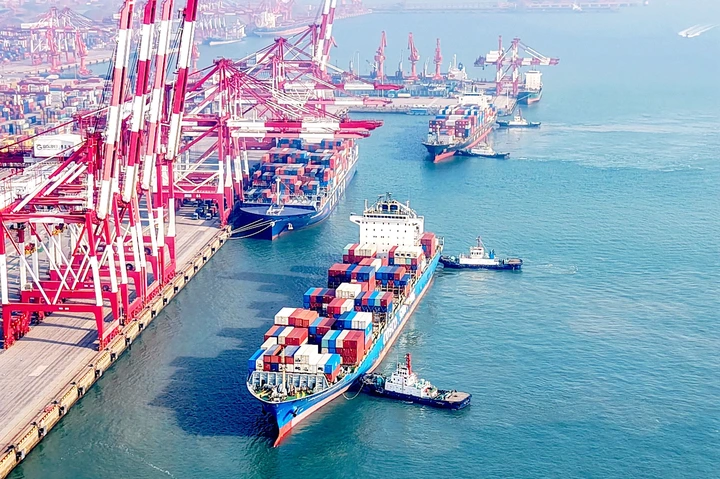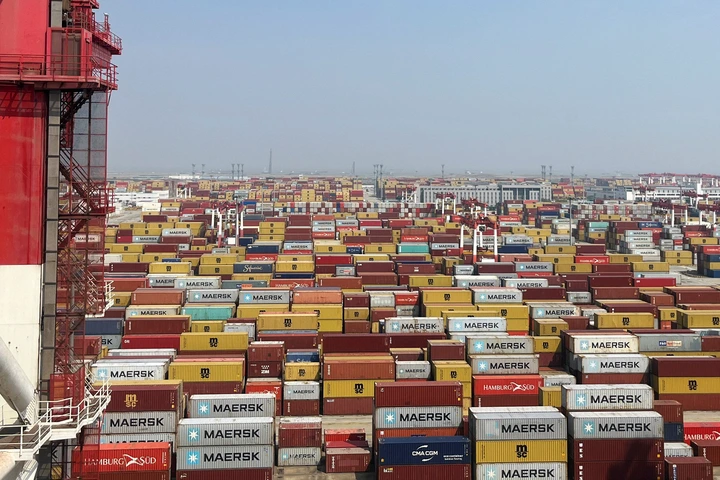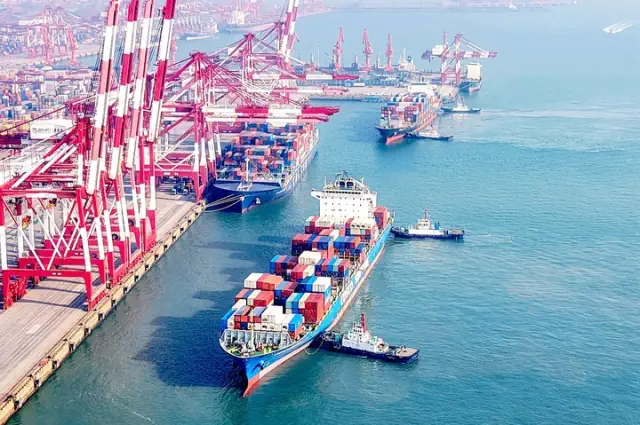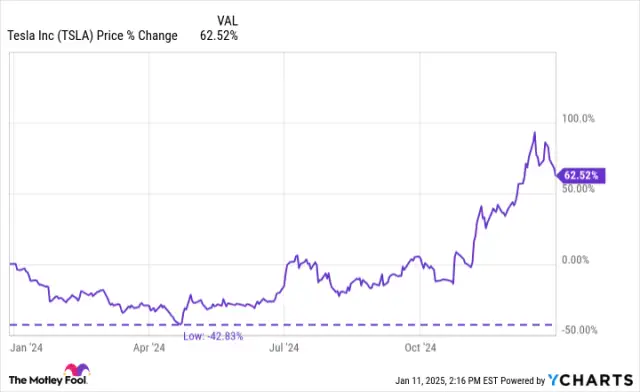China’s exports to the United States surged in the last month of 2024 as traders rushed to beat new tariffs that President-elect Donald Trump has vowed to impose as soon as he takes office on Monday.
According to a report released this week by China's General Administration of Customs, the country's exports to the United States reached a record high of $48.8 billion in December, marking the peak for 2024. This figure represents a 16% increase compared to December 2023.
Analysts noted that the spike in December was probably linked to expected increases in tariffs, prompting traders to expedite their shipments from China. Trump has repeatedly indicated his plans to implement tariffs on Chinese products. While he often refers to a 60% tariff, he has also warned during his campaign of potential tariffs reaching 100%.
“We can't see into the motives of people, but it does look like there's some stockpiling or preordering with the expectation that there will be tariffs coming,” said Mary Lovely, an economist at the Peterson Institute for International Economics, a think tank based in Washington, D.C.
Is it wise to stockpile in order to circumvent tariffs?
According to Lovely, although traders might be accumulating supplies, it would not be feasible for American consumers to do the same for all their purchases.
"You should be cautious about accumulating items that may not be necessary," she advised, "but if you're considering purchasing something like a laptop or a new phone, I would encourage you to proceed with that."
According to Nico Palesch, a senior economist at Oxford Economics with expertise in global industries, manufacturers are purchasing items like machinery and auto parts in anticipation of Trump implementing tariffs, which would lead to a significant increase in equipment prices.
This technique is known as front-loading.

View pictures in App save up to 80% data.
Palesch noted that the increase in those import categories in December indicates a trend of front-loading.
The approach may prove beneficial if it allows manufacturers the opportunity to seek alternative suppliers in different countries, or if they are optimistic that the U.S. and China will come to an agreement that prevents the implementation of tariffs.
He noted that the advantages are restricted. While companies may experience some short-term savings, “it’s really just postponing the issue for a later time.”
Palesch noted that the combination of those orders and an increase in consumer demand for goods is leading to a rise in imports, stating, “The demand for imports in the U.S. is notably robust.”
China's exports reach all-time highs.
Apart from a surge in exports observed in December 2021, when economic activities resumed following the pandemic, China's exports to the U.S. reached a ten-year peak by the end of last year.
Last year, China’s exports to the United States reached more than $524 billion, marking an increase of approximately 5% compared to the exports recorded in 2023.
According to the country's customs administration, China's global exports hit an all-time high in 2024, totaling $3.5 trillion.
At a press conference earlier this week, Wang Lingjun, the vice minister of customs, provided an overview of the China-U.S. trade for 2024. He stated, “We have imported agricultural products, energy resources, pharmaceuticals, and aircraft from the United States, while exporting clothing, consumer electronics, household appliances, and other items, resulting in a mutually beneficial outcome.”

View pictures in App save up to 80% data.
In the previous year, China's trade surplus with the United States reached $361 billion, accounting for one-third of its all-time high total trade surplus, which was nearly $1 trillion.
According to trade data from the U.S. Census, China holds the position of the third-largest trading partner for the United States, following Mexico and Canada. Former President Trump has suggested increasing tariffs on imports from these three nations.
Do tariffs lead to higher prices?
Experts largely concur that an increase in tariffs will lead to elevated prices for consumers in American retail stores.
According to research conducted by the Peterson Institute, China plays a leading role as the primary source for a wide range of U.S. imports. This encompasses nearly 75% of toys and sporting goods, more than 25% of electronic devices and electrical machinery, approximately 25% of textiles and apparel, and around 20% of plastics and rubber products.
A tariff is a tax imposed on importers for foreign products entering the country. According to the Petersen study, various elements like supply and demand will influence the extent to which the tariff burden is shifted to American consumers. However, it is clear that the introduction of new tariffs will result in increased costs for the United States.
"Shoppers are bound to notice it," remarked Lovely, one of the study's co-authors.
Consumers ultimately will pay for tariffs that are imposed on imported goods, said Darpan Seth, CEO of Nextuple, a software company providing order management systems for retailers whose clients include Dick's Sporting Goods, Disney and Coach, in a previous interview with USA TODAY.
"Seth remarked that for consumers, tariffs function similarly to inflation, albeit under a different name. 'They lead to an increase in prices,' he explained."
Consumers and retailers have responded to expected tariffs and the possibility of rising prices on items such as electronics, washing machines, and refrigerators. Seth had mentioned to USA TODAY that sales numbers for these products saw an increase during Black Friday and Cyber Monday.










